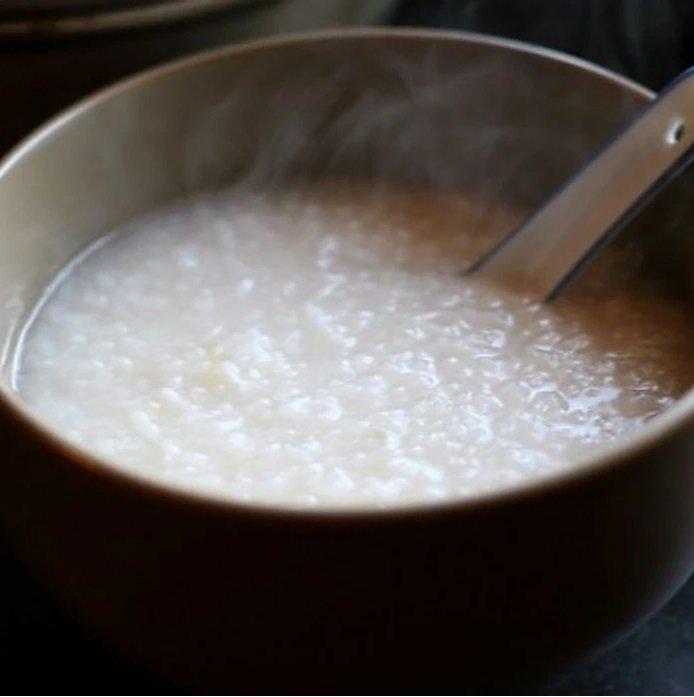
SEA Resettlement
ARTICLES
During what is dominantly known as the Vietnam War, the United States waged wars throughout Southeast Asia in Vietnam, Cambodia and Laos between 1954 and 1975. This is a war in which the U.S. dropped 20 million gallons of herbicide Agent Orange (which researchers at the University of Pennsylvania played a role in developing) on 4.5 million acres of land, which contaminated water and soil and continues to cause serious illness. Further, Laos is thought to be the most heavily bombed country in the world per capita. This photo of children, some of them burned, fleeing a Napalm attack at Trang Bang on June 8, 1972 revealed the horrendous nature of the war. The young girl is named Phan Thi Kim Phuc and survived with the help of Associated Press photographer Nick Ut. Ut would win the Pulitzer prize and World Press Photo of the Year. The two have stayed in touch advocating for peace. This photo appeared days after the end of the Vietnam War on the Philadelphia Inquirer. In the text following, it says "Refugees: The Exiles Arrive. Do we really want them?" This reflects the national unpopular sentiment towards refugees at the time. In a 1975 Gallup Poll asking whether recently evacuated South Vietnamese should be permitted to live in the United States, 52 percent of the nation opposed resettlement while 36% were in favor. Additionally in the article a man says, "We've given them more than we owe them, They're just like a pack of welfare people" and "high school students began talking about forming a gook klux klan".
The Indochina Migration and Refugee Assistance Act of May 1975 allowed more than 1.6 million Vietnamese, 580,000 Cambodian, and 320,000 Laotian refugees to be resettled, a little over half of them in the United States. Hoping to speed assimilation, the U.S. government tried to distribute refugees throughout the country. About 9000 refugees resettled in Pennsylvania, first in Fort Indiantown. Philadelphia had the largest refugee population on the East Coast. National Services Center records show the number of refugees that resettled to Philadelphia by geographic region, ethnicity, and phase. The highest numbers were attributed to West Philadelphia, Vietnamese refugees, and Phase 1.
As refugees came to Philadelphia thinking that their life would be drastically improved, they did not realize that they would face continued hardships. Without a comprehensive national refugee policy, local voluntary agencies were left to make calls with limited funding. Volunteer agencies assessed that it was better for the refugees to be resettled in less-than-perfect conditions than in the camps. In 1978, local organizations were allotted $200 per individual that they sponsored. Each person received a bed, mattress, sheets, and kitchen utensils. The state refugee resettlement budget would be cut down by 56% in 1983.
From 1975 to 1995 the Southeast Asian population of Philadelphia went from nonexistent to 20,000. As Asian communities began forming in the boundary areas between White and Black neighborhoods, existing racial tensions would become exasperated between communities fighting for resources.
"Map by Danielle Dong, from Domenic Vitiello, The Sanctuary City: Immigrant, Refugee, and Receiving Communities in Postindustrial Philadelphia (Ithaca: Cornell University Press, 2022), page 85."
On The Edge: Southeast Asians in Philadelphia and the Struggle for Space. Reviewing Asian Americans. Chapter Three.
Immigrant, Refugee, and Receiving Communities in Postindustrial Philadelphia
Available as a free download as an ebook or on Amazon Kindle (with a free app)
IMAGES
Fort Indiantown Gap Photos
Temple Digital Collections. George D. McDowell Philadelphia Evening Bulletin Photographs. Search Terms: Refugees Vietnamese
STORIES
Please check back in Dec 2022 as we upload community stories!
VIETLEAD COOKBOOKS
Share Your Story










































